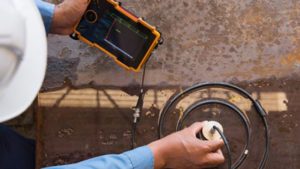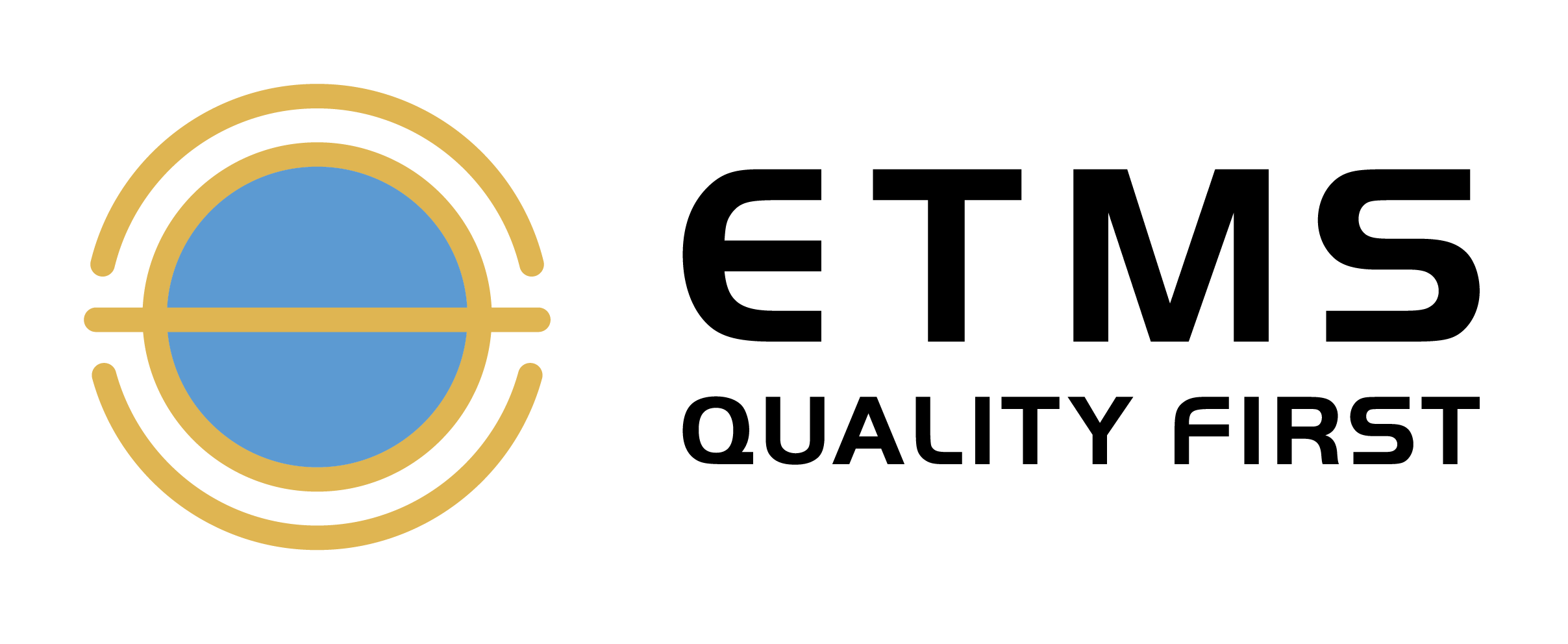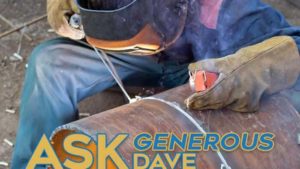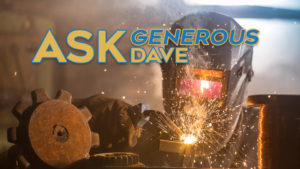QUESTION FROM A CUSTOMER:
Welding inspection costs can quickly eat into our budget. What’s your advice on prioritizing testing methods to maximize quality, safety and profit?
A: Insufficient testing can lead to catastrophic results. Cutting corners on relevant welding inspection is not something I would advise. That said, irrelevant testing methods are unnecessary costs, which can put a shop out of business just as easily as a weld failure-induced lawsuit. Sometimes costly destructive testing, which requires a weld to be physically destroyed or damaged, is necessary or required by code. In many cases, however, non-destructive testing (NDT) allows for a more cost-effective, efficient, and often safer analysis of welding integrity.

Of the 19 NDT methods—also sometimes referred to as nondestructive examination (NDE), nondestructive evaluation (NDE) and nondestructive inspection (NDI) — visual inspection is not only hands down the most efficient method to reveal the most information about accessible surfaces, but it is also without a doubt the first place to start in identifying any additional NDT methods to be used. By prioritizing visual inspection, firms of any size can better manage costs and avoid unnecessary testing. Furthermore, using visual inspection as a starting point will provide you with a more accurate picture as to what other NDT methods may be relevant.
“One of the most interesting characteristics of force is that it flows like water in a river.”
To better understand visual inspection’s role as a primary NDT method, let’s consider how it’s used. A component’s visible surface will reveal the most activity affecting both the external and internal (or backside) parts of a weld. With visual inspection, all accessible surfaces are thoroughly examined to determine the dynamic, static and cyclic loading of force on the component. Whether the weld is on structural steel, piping or aircraft, these forces are more active on the external surface than anywhere else. One of the most interesting characteristics of force is that it flows like water in a river. It seeks the easiest path to flow across a metal surface. As soon as it sees any deviation or something that is abnormal, instead of crossing in a uniform pattern, it focuses on that one spot and overloads there. In time, if a failure is going to occur, it will most likely occur there.
I’ve seen too many reports on weld failures where small deviations such as a scratch or bubble were identified. Such overlooked weld defects could be disastrous in the case of say an aircraft engine at 30,000 feet. These could have—and should have—been caught with visual inspection. Quality personnel trained in visual inspection who understand the tools needed and what to look for are critical.

Furthermore, and of interest to smaller firms looking to grow, visual inspection is the most economical and easiest to achieve NDT method. What does it entail to train an individual to be a visual inspector? Somewhere between 40-80 hours of training. Expose them to accept-reject criteria and the tools used in visual inspection. Provide them with theory on loading applications and identifying different types of abnormalities and deviations. Having such trained personnel is a great addition to your shop’s overall quality welding program.
A final word on the importance of visual inspection. I’ve seen too many instances where fabrication shop personnel become complacent with the inspection process. An otherwise tight-knit crew, who’s spent 10-15 years together, can fall into the “I can do this work with my eyes closed” trap. When you start thinking and operating like that in the field of welding inspection, that’s when mistakes happen. In our business, such complacency can have dire consequences. Don’t be the firm that regrets not considering or revisiting its use of visual inspection. You can thank me for that piece of advice later.
Yours in Quality First,
“Generous” Dave Diaz



